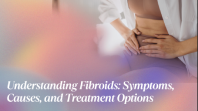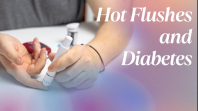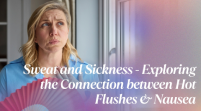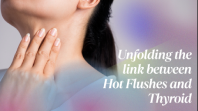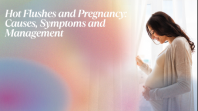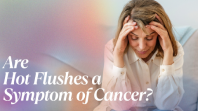Cancer or Menopause ?Exploring Hot Flushes as Symptoms
September 20, 2024
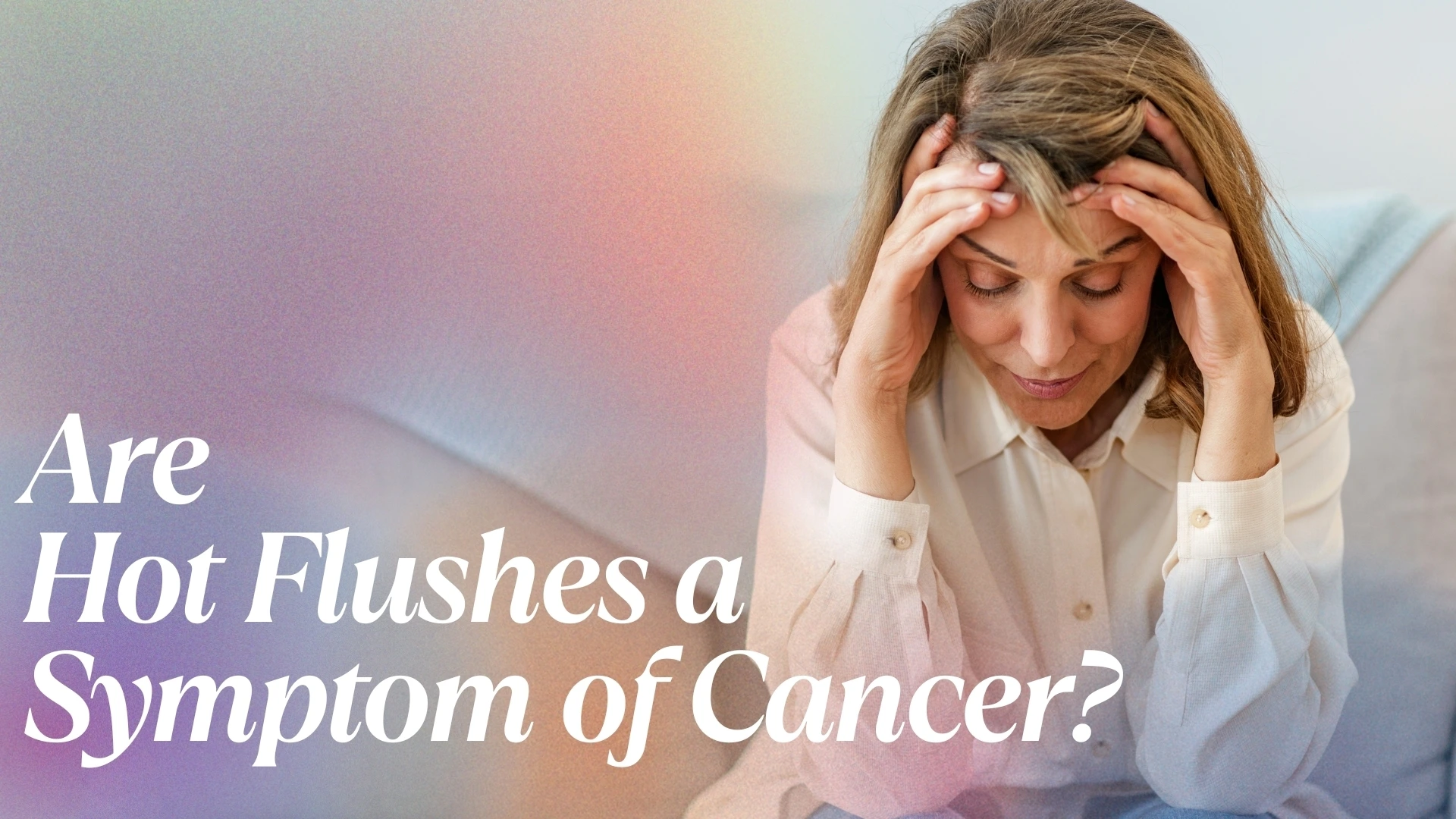
Warmth spreads through your body, beads of sweat begin to form down your neck, and when you look in the mirror, your face flushes red as if your skin is on fire. Your heart drums harder than ever before. What is happening? You might wonder, “Is this cancer?” or “Is it a side effect of something else?”
Don’t worry, it’s not cancer; it’s likely hot flushes.
What Are Hot Flushes?
A hot flush is a sudden feeling of warmth that typically occurs over the neck, chest, and face, accompanied by a rapid heartbeat, continuous sweating, and skin flushing. These symptoms are most common during perimenopause and menopause.
Causes of Hot Flushes
The primary cause of hot flushes is fluctuations in estrogen levels, which significantly affect body temperature and can increase stress levels. However, several factors contribute to hot flushes:
- Thyroid Conditions: Conditions like hyperthyroidism can cause symptoms such as heat intolerance and rapid heartbeat, mimicking menopause symptoms.
- Ongoing Cancer Treatments: Hot flushes may occur as a side effect of radiation, chemotherapy, or hormone therapy during cancer treatment.
How to Manage Hot Flushes
While hot flushes are a natural occurrence due to hormonal changes, you can take steps to manage them:
- Get Medication: Hormone Replacement Therapy (HRT), antidepressants, blood pressure medications, and anti-convulsants can help ease symptoms.
- Reduce Stress: Lowering stress levels can decrease anxiety and minimize the impact of hot flushes.
Practical Tips for Managing Hot Flushes
Here are several strategies to help manage hot flushes effectively:
- Dressing in Layers: Wearing layers allows for easy adjustment to temperature changes. You can remove layers during a hot flush to cool down quickly.
- Opt for Natural Fibers: Choose breathable materials like cotton and linen over synthetic fabrics to regulate body temperature and minimize sweating.
- Use Cold Water or Wet Wipes: Applying cold water or wet wipes to the back of your neck can provide instant relief by lowering body temperature.
- Avoid Triggers: Identify and avoid triggers like spicy foods, caffeine, alcohol, and hot beverages to minimize the frequency and severity of hot flushes.
- Seek Proper Medication: Consult with a healthcare provider about medications that may be necessary for managing severe or persistent hot flushes.
Statistics on Hot Flushes
Approximately 85% of women report experiencing hot flushes, and about 55% may experience them even before menopause becomes irregular. Understanding hot flushes and taking proactive steps can help you navigate this stage of life with confidence.
Can Cancer Symptoms Be Mistaken for Hot Flushes?
Some symptoms of menopause can mimic those of gynecologic cancers, particularly:
- Uterine Cancer
- Ovarian Cancer
- Cervical Cancer
Uterine and ovarian cancers are more common in postmenopausal women. The most common symptom of uterine cancer is abnormal uterine bleeding, which occurs in 75% to 90% of cases. Distinguishing between abnormal bleeding and a regular menstrual period can be challenging, especially during menopause. Signs to watch for include bleeding between cycles, frequent bleeding, and heavy or prolonged bleeding.
Conclusion
Hot flushes are a common experience for many women during perimenopause and menopause, primarily driven by hormonal fluctuations. While they can be uncomfortable and disruptive, understanding their causes and managing lifestyle factors can help alleviate symptoms. If you have concerns about unusual symptoms, consulting a healthcare professional is essential for appropriate evaluation and care.


